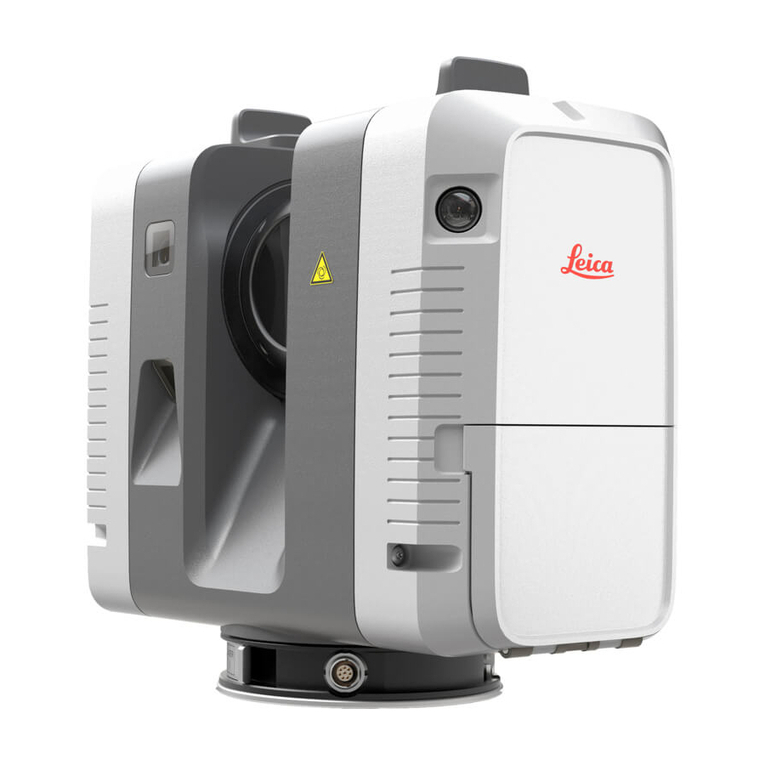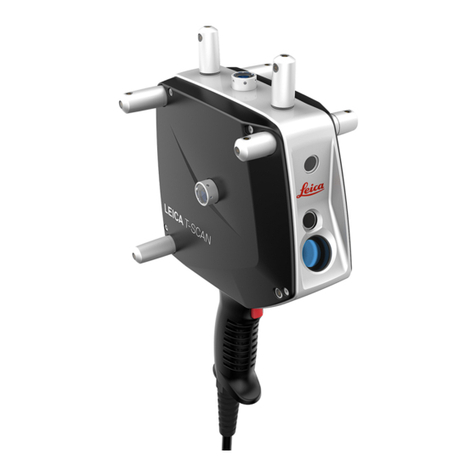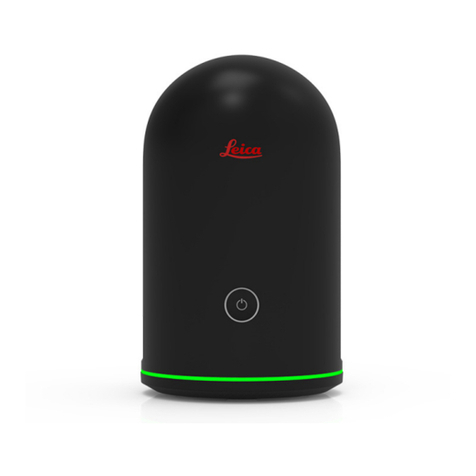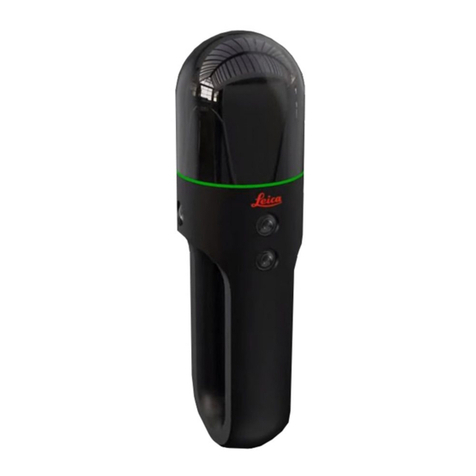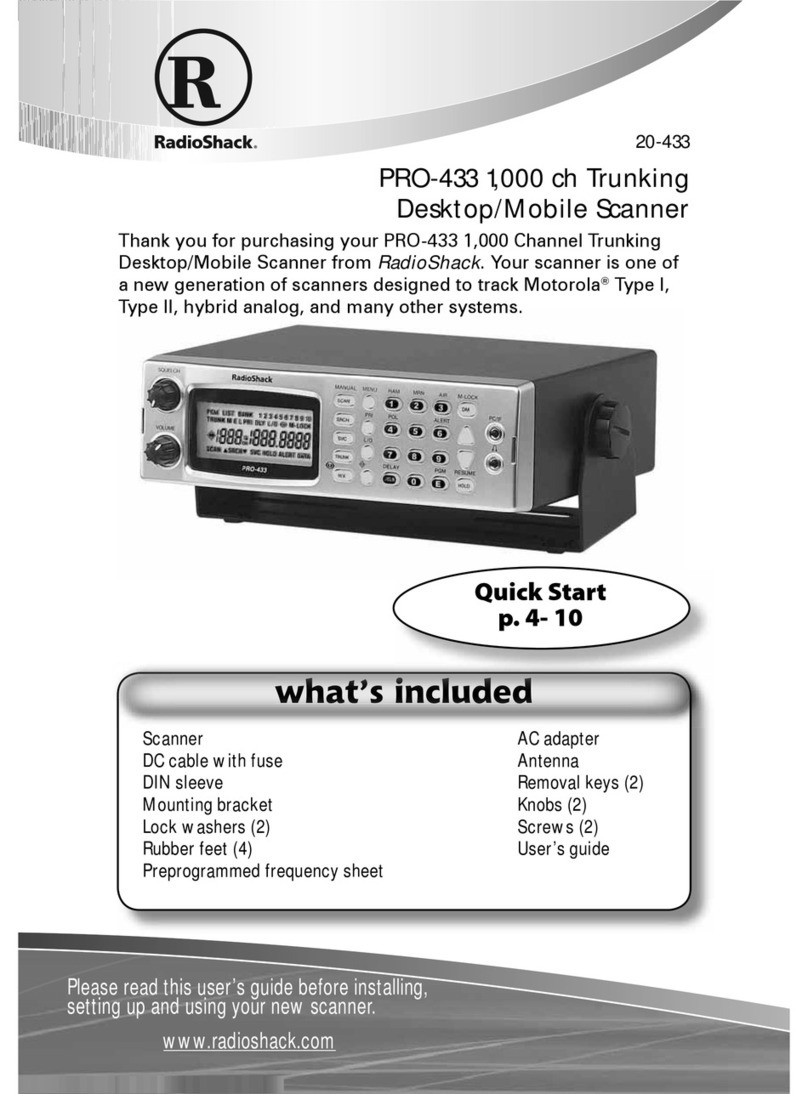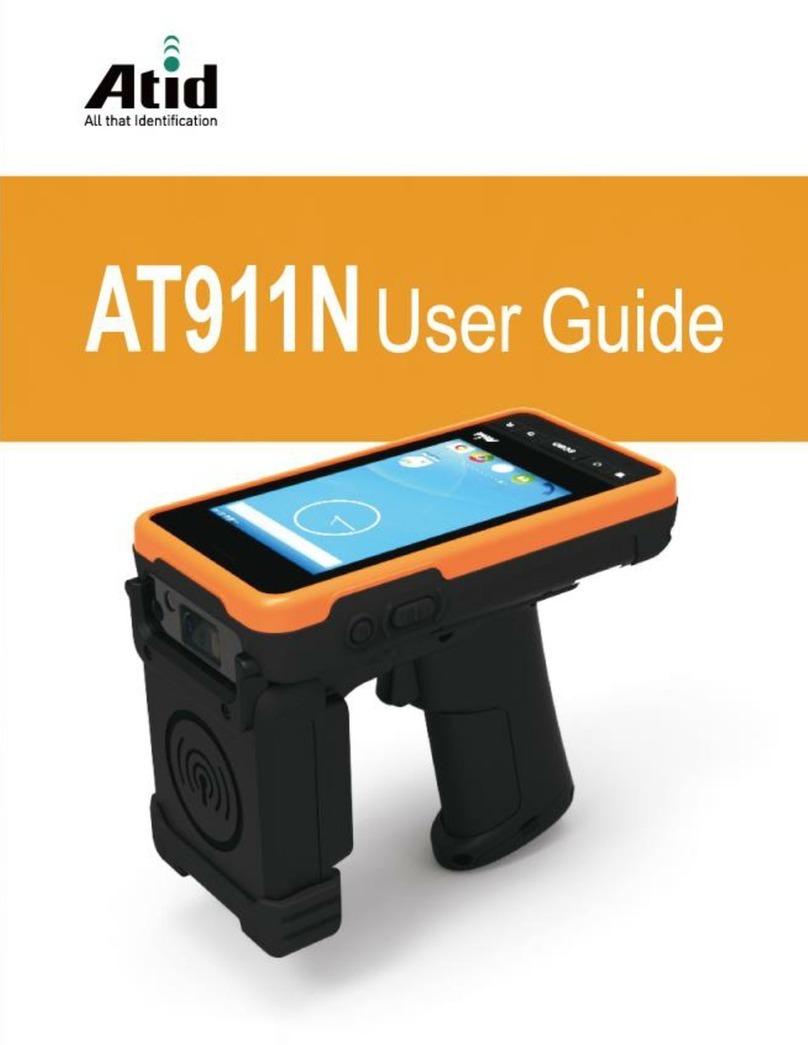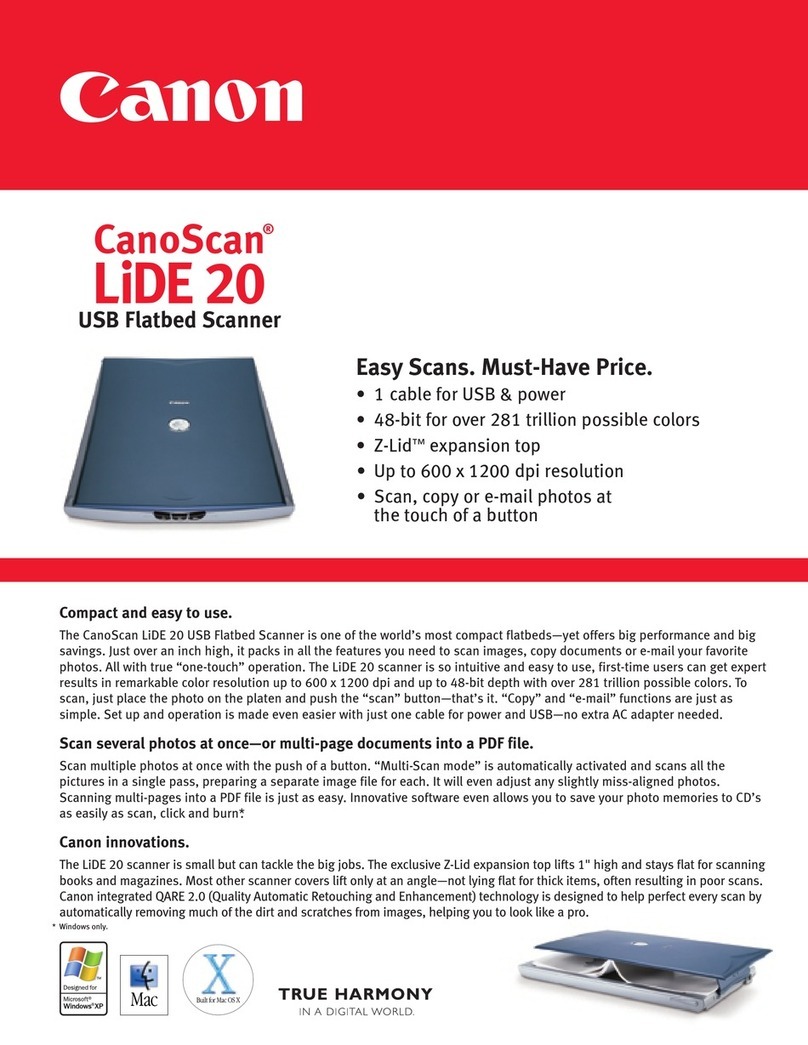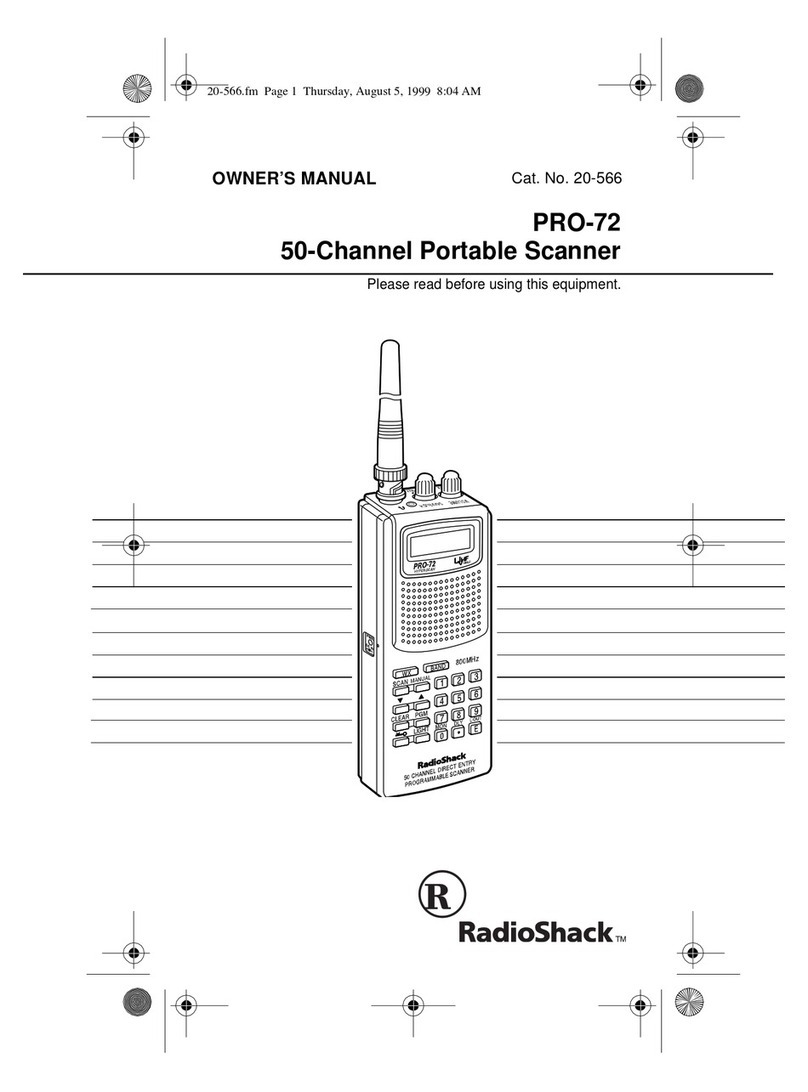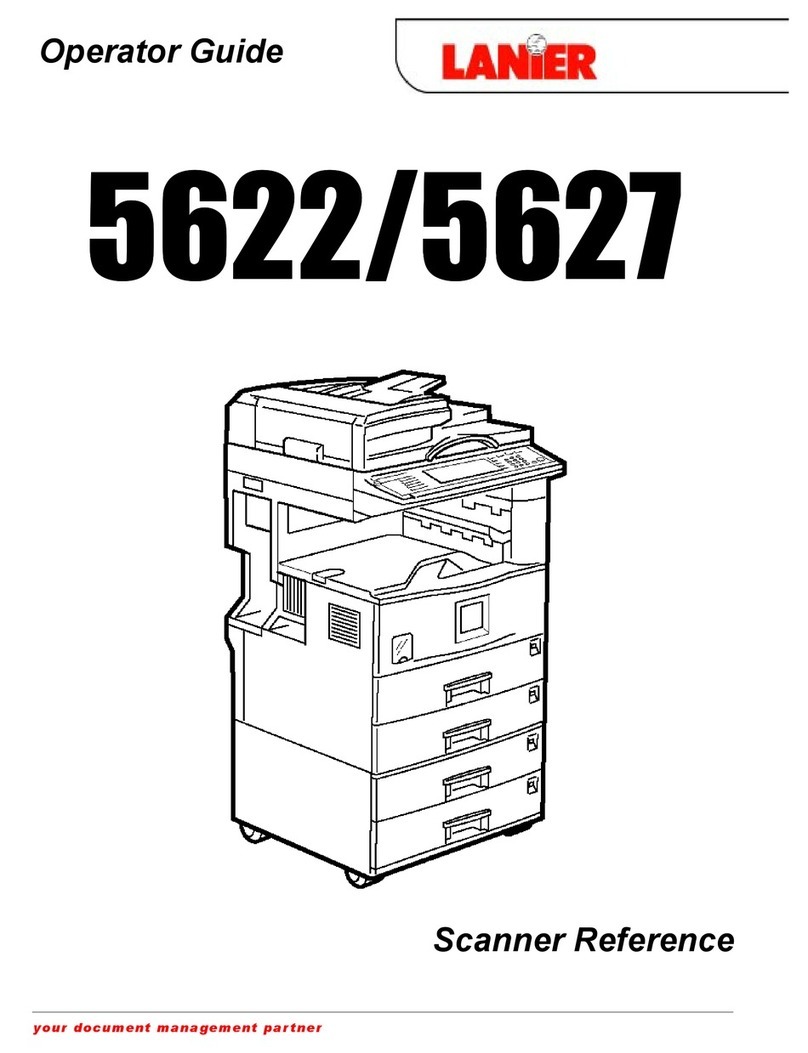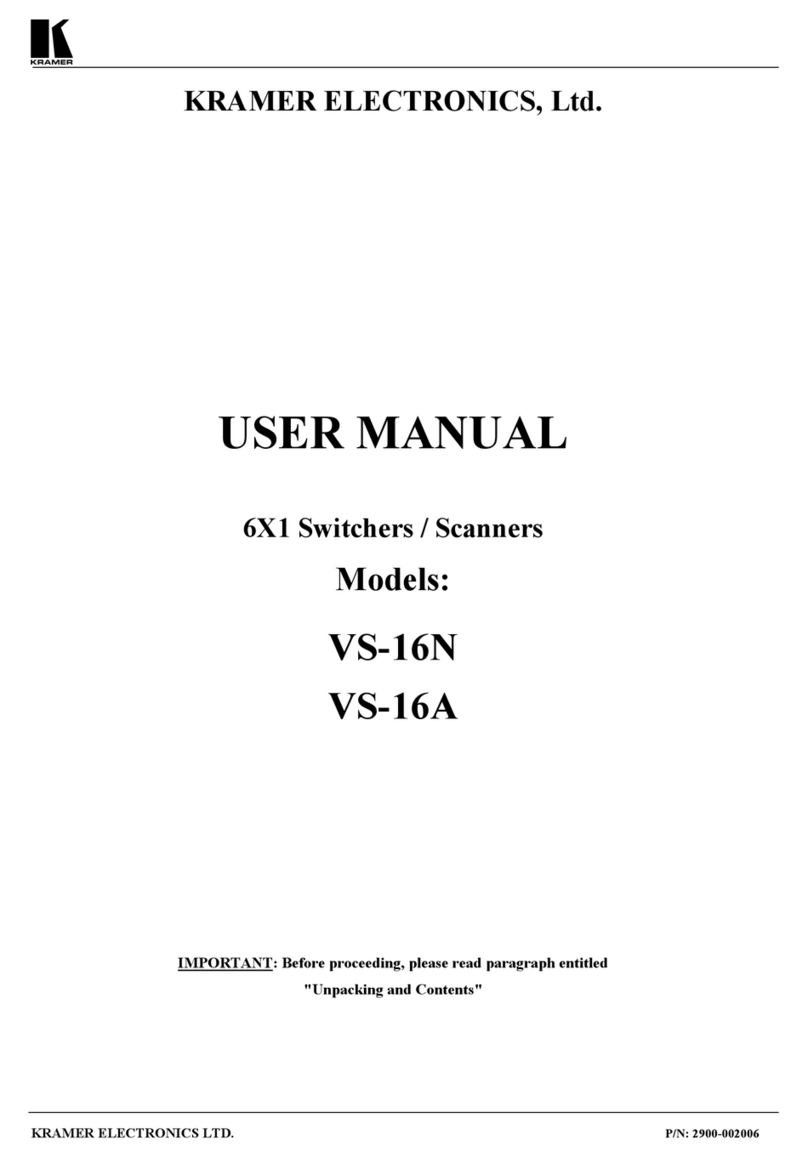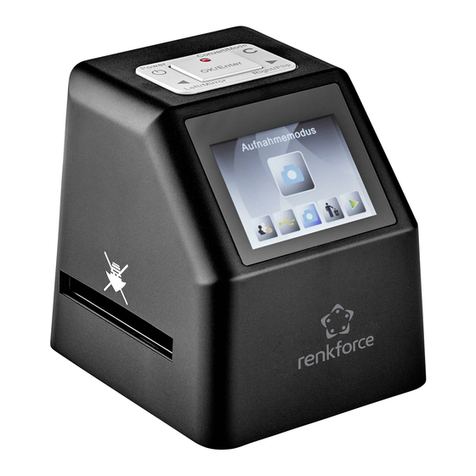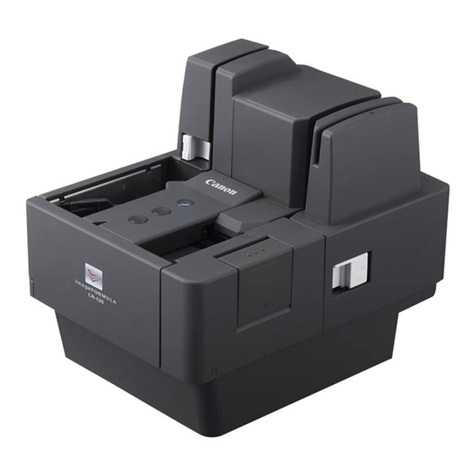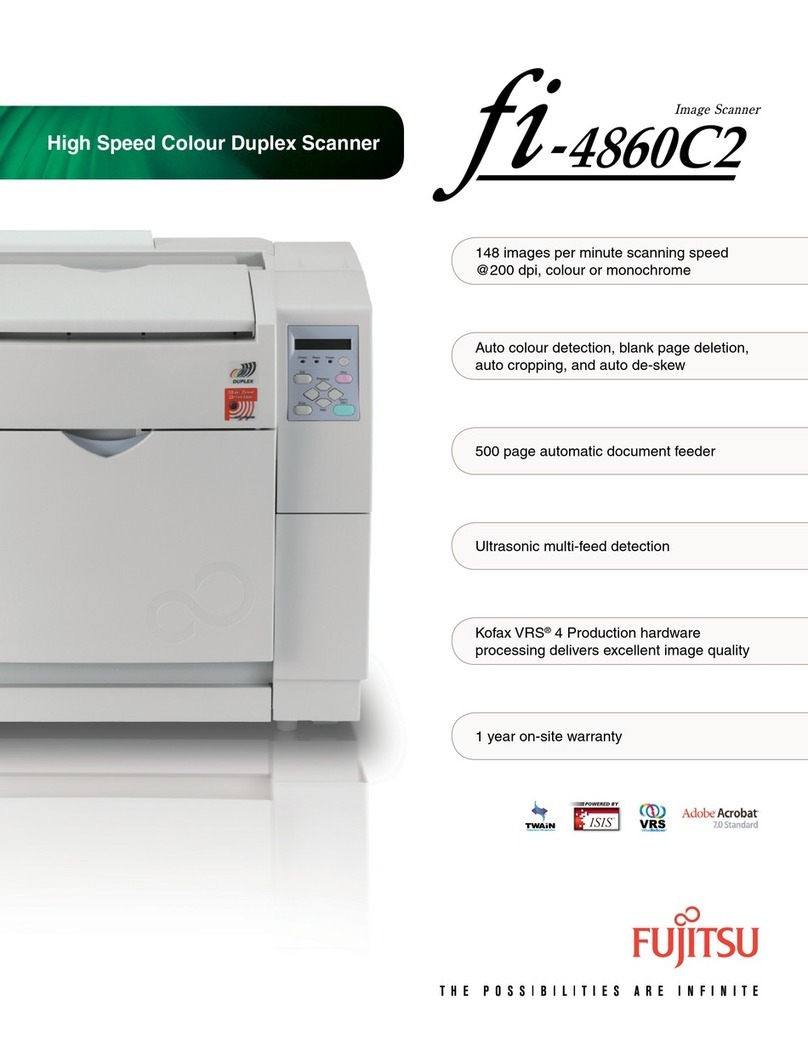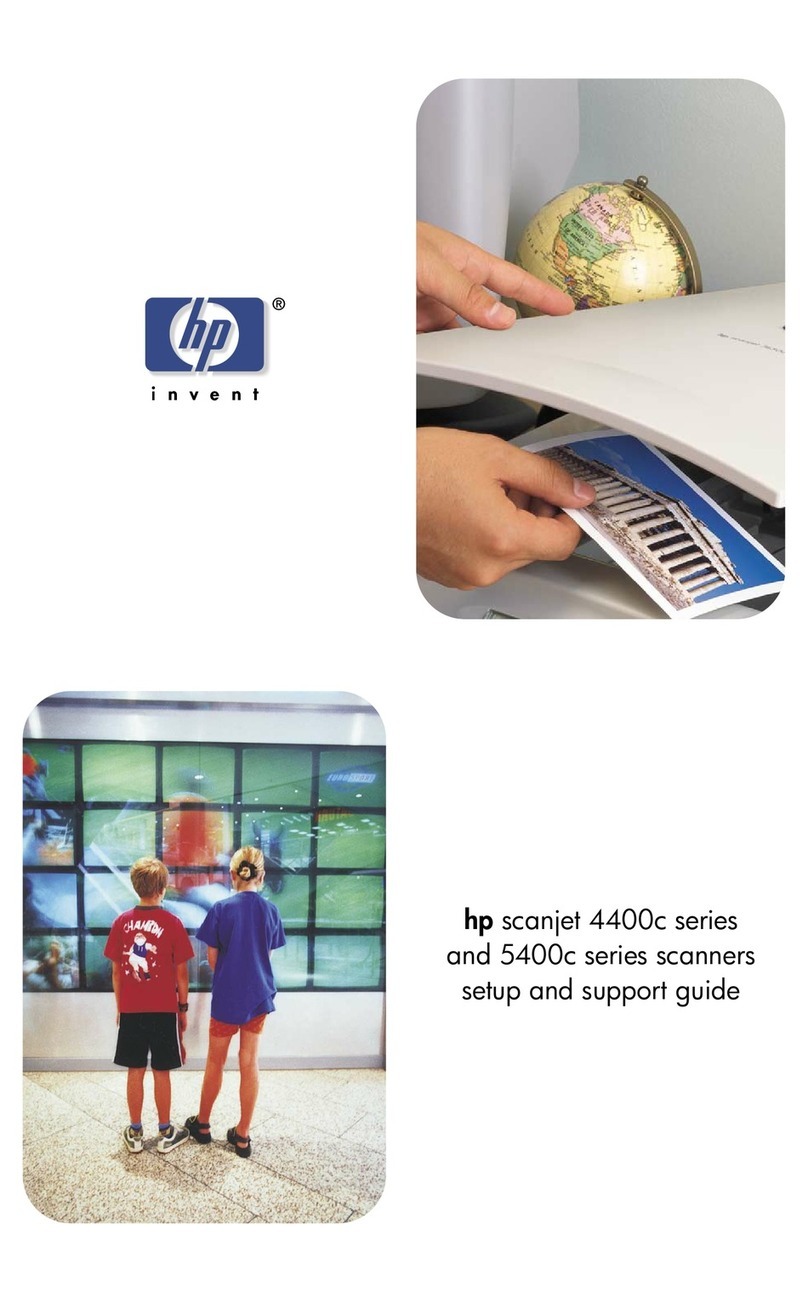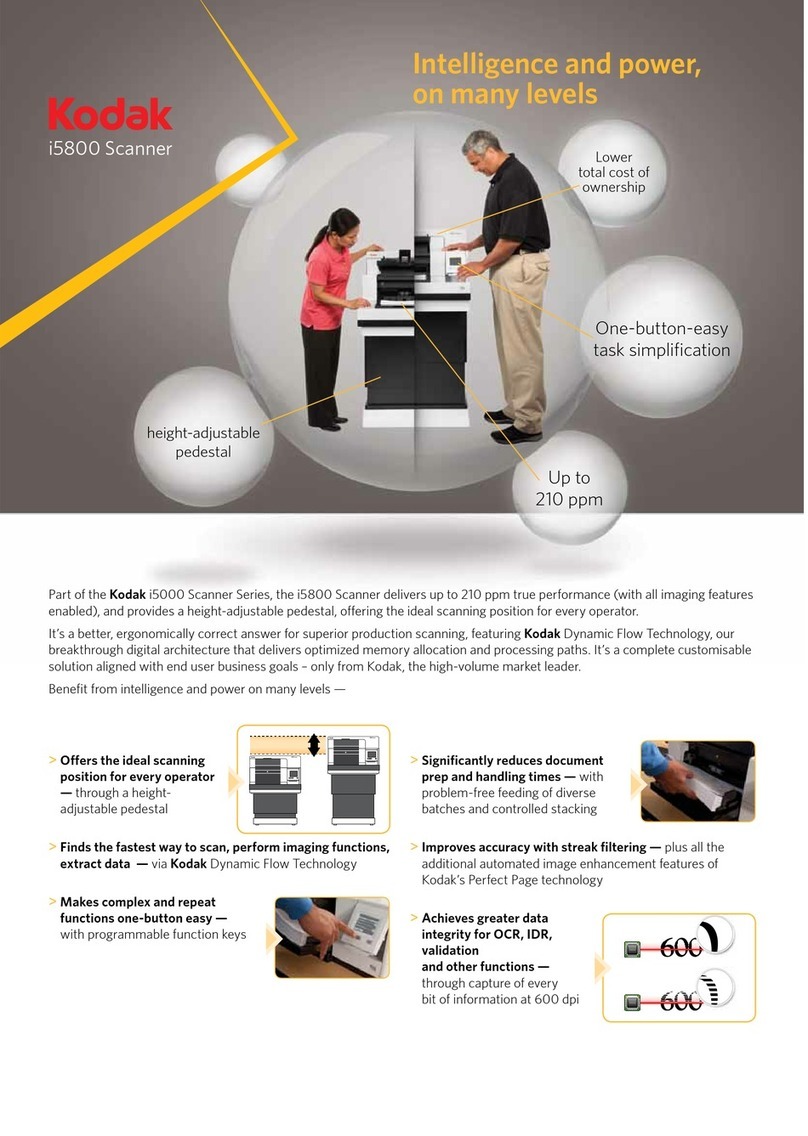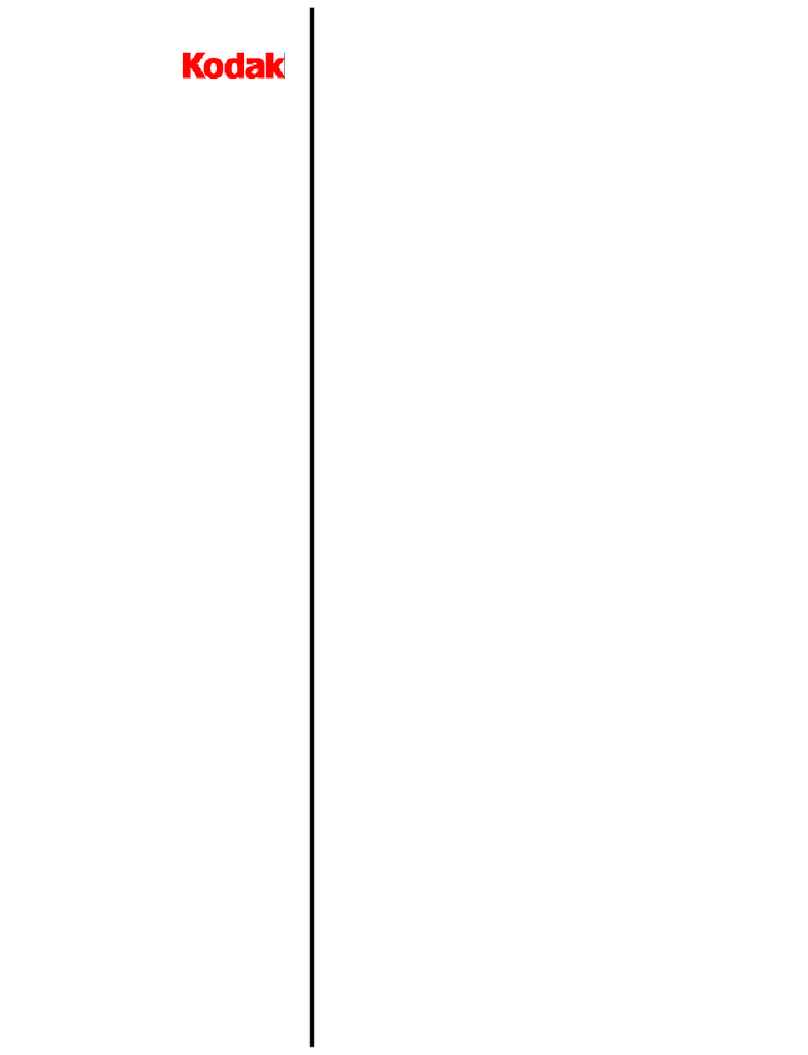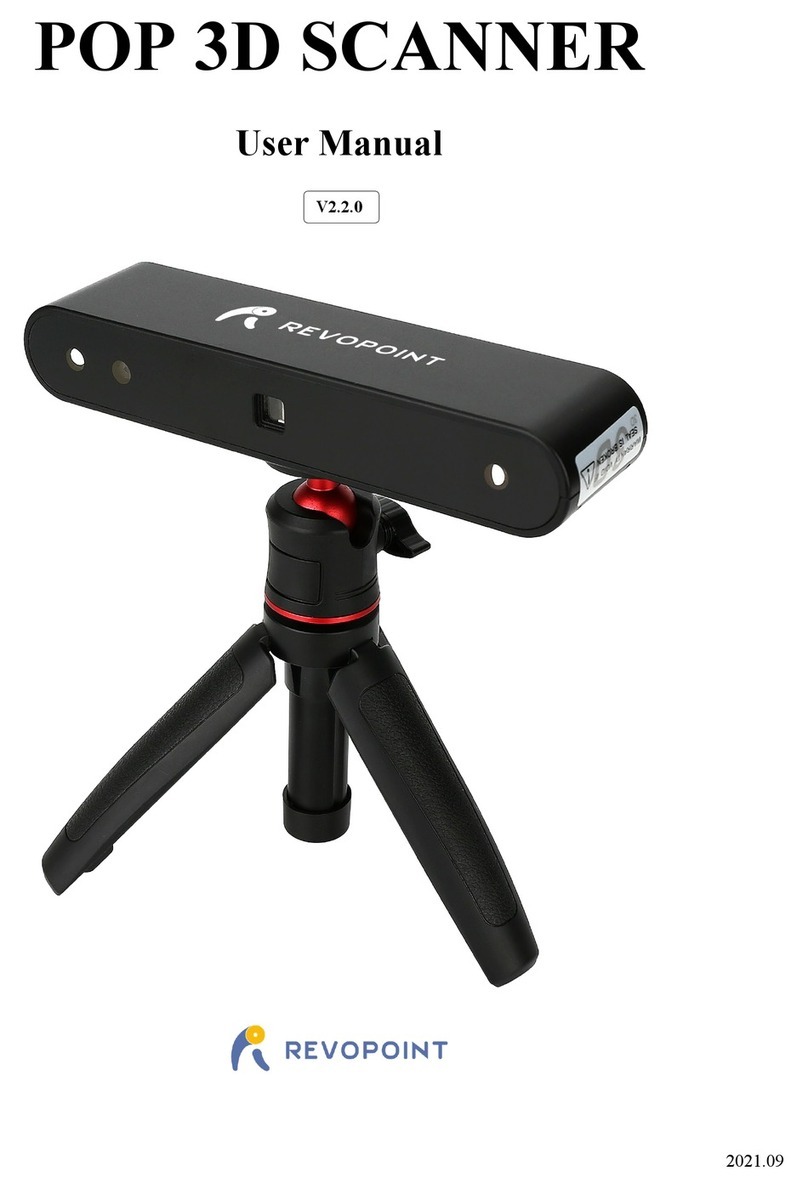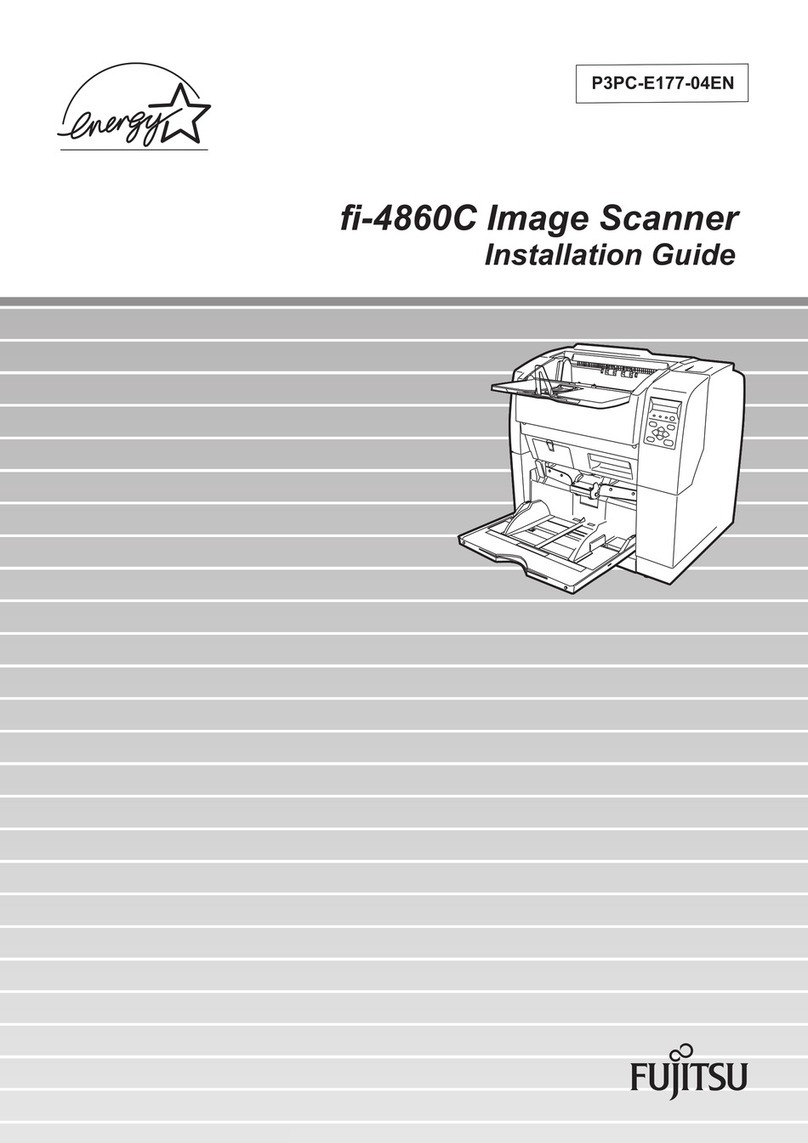
Leica Microsystems Heidelberg GmbH
General
Leica TCS SP User Manual English
Part no.: 159330193 / Vers.: 31102002
Page 5 of 278
Confocal imaging
What is confocal imaging?
Conceptualized in 1953, the Confocal Laser Scanning Microscopy has only in the past 10 years
become a practical technique. Today it is the technique of choice for biological research, chemical
analysis, and materials testing. The results of many years of research and development in many
different areas are combined in such an instrument: microscopy, laser technology and optics for
coherent light, video technology, electronics and computer technology.
Confocal microscopy detects structures by collecting light from a single focal plane of the sample,
excluding light that is out of focus.
n a point scanning confocal system, the microscope lenses focus the laser light on one point in the
specimen at a time (the focal point). The laser moves rapidly from point to point to produce the
scanned image. Both fluorescent and reflected light from the specimen pass back through the
objective.
The microscope and the optics of the scanner module focus the light emitted from the focal point to a
second point, called the confocal point. The pinhole aperture, located at the confocal point, allows
light from the focal point to pass through the detector. Light emitted from outside the focal point is
rejected by the aperture.
The confocal principle is illustrated schematically for the epi-illumination imaging mode.
As in conventional epifluorescent microscopes, one lens is used as both condenser and objective.
The advantage is eliminating the need for exact matching and co-orientation of two lenses. A
collimated, polarized laser beam from an aperture is reflected by a beam splitter (dichroic mirror) into
the rear of the objective lens and is focused on the specimen. The reflected light returning from the
specimen passes back through the same lens. The light beam is focused into a small pinhole (i.e., the
confocal aperture) to eliminate all the out-of-focus light, i.e., all light coming from regions of the
specimen above or below the plane of focus. The achieved optical section thickness depends on
several parameters such as the variable pinhole diameter and the wavelength. The in-focus
information of each specimen point is recorded by a light-sensitive detector (e.g., a photodiode)
positioned behind the confocal aperture. The analog output signal is digitized and fed into a computer.
The detector is a point detector and only receives light from one point in the specimen. Thus, the
microscope sees only one point of the specimen at a time as opposed to the conventional microscope
where an extended field of the specimen is visible at one moment. Therefore, to obtain an image it is
necessary either to move the illuminated point or to move the specimen. These two possibilities have
given rise to two different types of confocal microscopes:
Microscopes with movable objective stage (stage scanning): The objective stage with the specimen is
moved forward after every finished recording, while the optical system remains stationary with this
type of scanning.
Microscopes with beam or mirror technology: The illuminated point is scanned over the fixed
specimen using small, fast, galvanometer-driven mirrors as used by LE CA.
The LE CA TCS SP system allows you to image a single focal plane as well as a series of planes—
horizontal or vertical. A single vertical section or xz-scan allows for a side view of the specimen.
f a sequence of optical sections of the specimen is combined to form an image stack and then
digitally processed, it offers the advantage of using this multidimensional data set to create either a
calculated two-dimensional image (projection) or a reduced scale 3D representation of the specimen
using a suitable computer.
Optical resolution
The term resolution refers to the capability of distinguishing finest details in a structure. n a perfect
microscope, the optical system would be free of any type of aberration. n such a hypothetical
instrument, the resolution would be limited only through diffraction. One could express this as the
smallest distance between two points of a specimen at which they are still visible as two separate
points (Rayleigh criterion). Beyond this limit, the two points merge (i.e., their diffraction discs overlap
completely or partially) and can no longer be recognized as two different points. This distance can be
calculated using the size of the diffraction image of an infinitely small point of the specimen. t
corresponds to the radius of the first minimum in this diffraction image. This, in turn, is related to the
numeric apertures of the objective and the condenser. The numeric aperture is defined by the
diffraction index of the lens and the size of the luminous cone that may enter.
Analogous to the argumentation above, the axial resolution can be defined as the radius of the first
